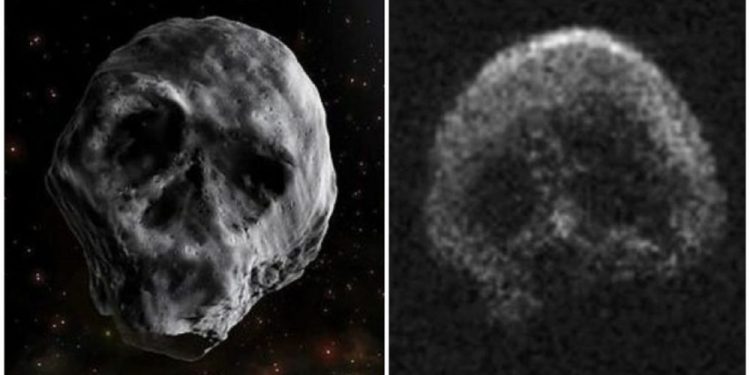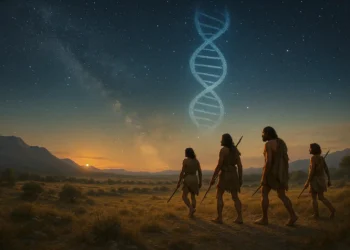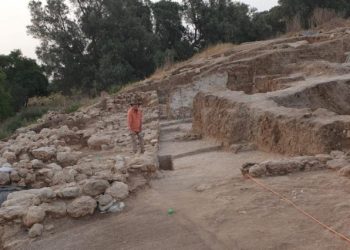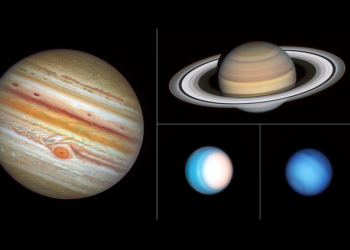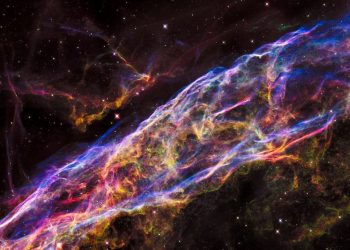Exploring the solar system is a massive feat for humankind. But we are good at it. In fact, we seem to be better equipped and willing to explore what lies beyond Earth’s frontiers than exploring our planet or its oceans. Today, we have better maps of Mars than we have of the ocean floor.
As we continue exploring the solar system, we encounter strange things. The more we learn about the solar system, the more we understand that our cosmic neighborhood is full of strange things. In this article, we look at some of the strangest Asteroids that have been found to date.
4 Vesta, the largest Asteroidn
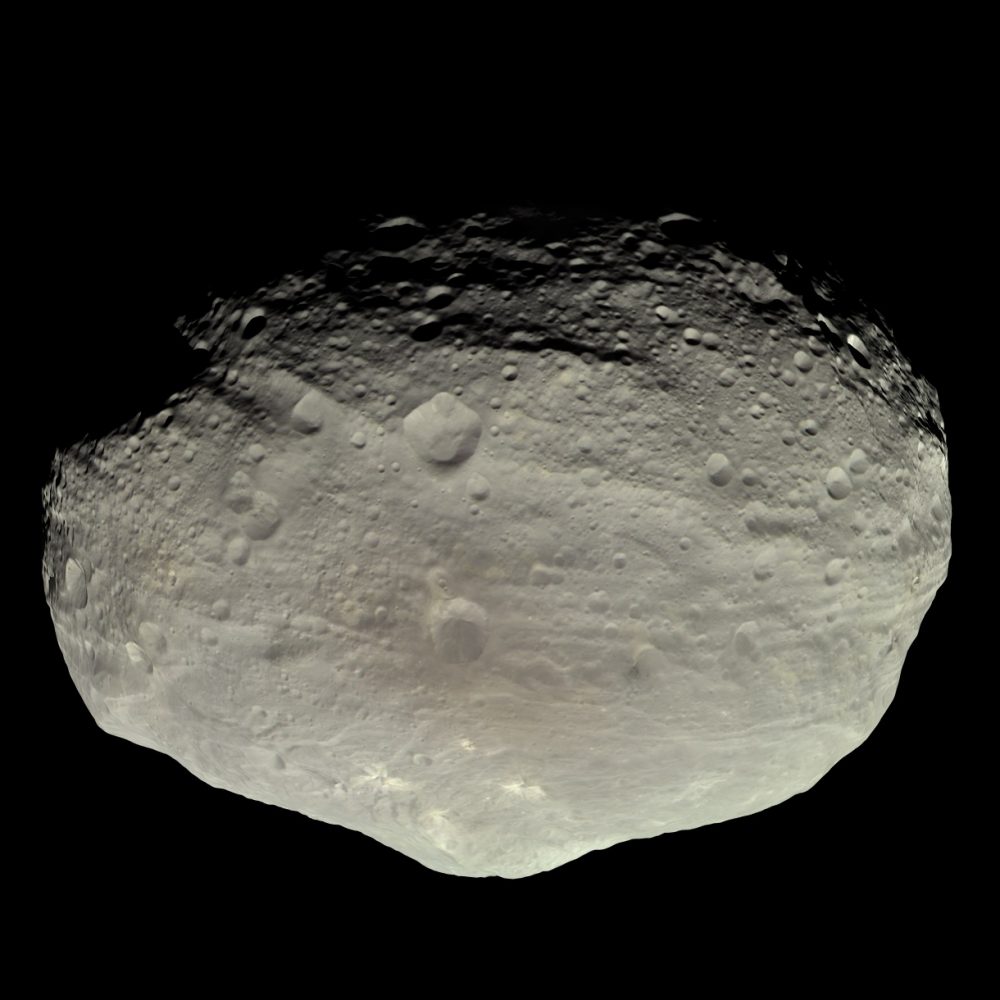
4 Vesta is huge. It is considered the largest asteroid discovered in the solar system and was first identified on March 29, 1807, by Heinrich Wilhelm Olbers. Vesta measures 578 km by 458 km. The supermassive asteroid has a magnitude of +5.4 to +8.5. With a clear sky and some luck, Vesta can be easily observed with binoculars. 4 Vesta is so massive that it contributes an estimated 9% of the asteroid belt mass. Until a few years, the largest asteroid was considered Ceres. However, this cosmic body was reclassified as a dwarf planet, given its size.
216 Kleopatra
216 Kleopatra is one of the strangest-looking asteroids in our solar system. Shaped like a bong, the asteroid orbits in the central region of our solar system’s asteroid belt and has a diameter of around 138 kilometers. 216 Kleopatra could be a contact binary. In 2008, scientists discovered two smaller moons around the asteroid, which were named Alexhelios and Cleoselene. The odd shape and the existence of its two moons are thought to have resulted from an oblique impact that occurred around 100 million years ago.
624 Hektor
This massive space rock is the largest Jupiter trojan in the solar system. It has an extremely elongated shape, equivalent in volume to a sphere of approximately 225 to 250 kilometers in diameter. This asteroid is considered one of the most elongated bodies of its size ever discovered in the solar system, at approximately 403 km in its longest dimension. Just like 216 Kleopatra, this asteroid has a 12-km-diameter moon named Skamandrios.
24 Themis
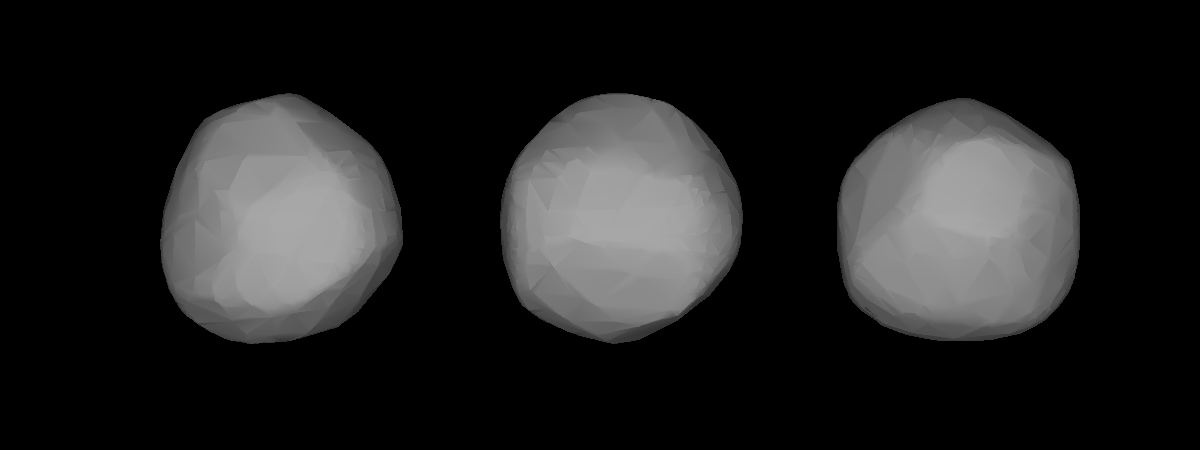
Discovered on the 5th of April, 1853, by Annibale de Gasparis of Naples, 24 Themis is one of the largest asteroids in the asteroid belt. It stands out as the first asteroid to have ice on its surface. Observations in 2009 confirmed the existence of massive amounts of ice, as well as organic molecules. Observations revealed that the surface of the asteroid is completely covered in ice. The ice may be replenished by an unknown reservoir beneath the surface. Because 24 Themis is located relatively close to the sun (~3.2 AU), the widespread ice on the asteroid’s surface is somewhat puzzling.
‘Oumuamua
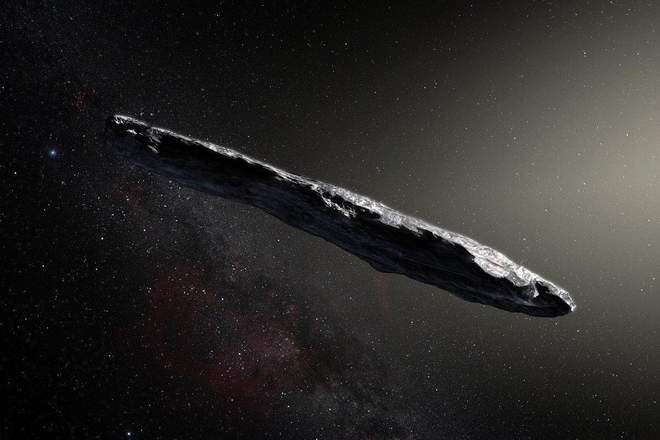
‘Oumuamua is surely the strangest asteroid humankind has ever spotted. Not only is this asteroid from another solar system, but it is also the very first interstellar visitor spotted by mankind. What makes this asteroid even more puzzling is that for the last 12 months, there has been great speculation about the asteroid’s true origin. In fact, the head of Astronomy at Harvard has even theorized that ‘Oumuamua may be, not an asteroid, but an alien spacecraft sent to our solar system by an advanced alien species.
2015 TB145
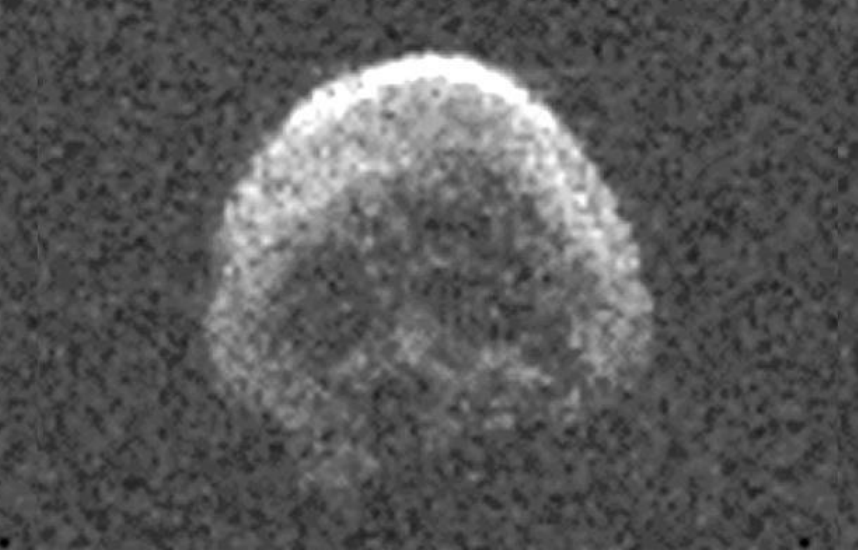
This is perhaps the strangest-looking asteroid of them all, and it has been dubbed the ‘Skull-Shaped Asteroid.’ The asteroid often passes relatively close to Earth at approximately 650 meters (2,000 feet) in diameter. The asteroid was first observed on 10 October 2015 by Pan-STARRS. Astronomers argue that given its high orbital inclination and eccentricity, 2015 TB145 may actually be an extinct comet that has shed its volatiles after numerous passes around the Sun.
Phaeton, an extra weird one
An extra asteroid we could probably include in this list is asteroid Phaeton. According to NASA, asteroid 3200 Phaethon – a peculiar object in space – is even more unusual than previously believed. Initially thought to have a dust tail like a comet, a recent study published in The Planetary Science Journal reveals that the tail is made of sodium gas instead.
Join the discussion and participate in awesome giveaways in our mobile Telegram group. Join Curiosmos on Telegram Today. t.me/Curiosmos



